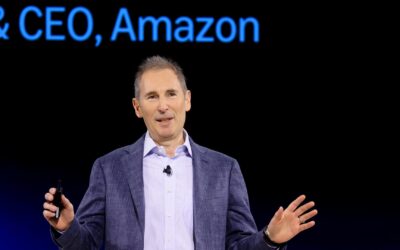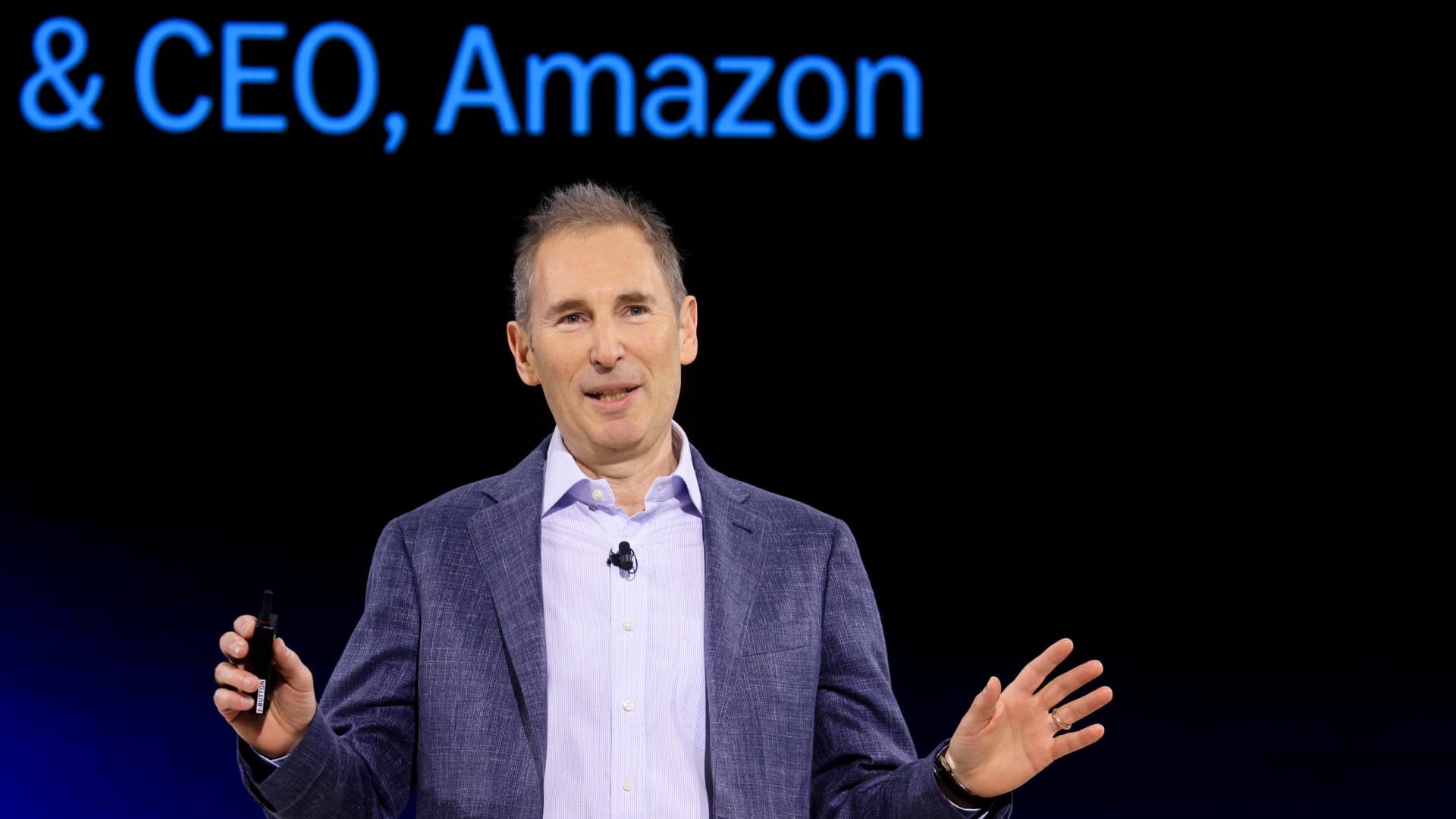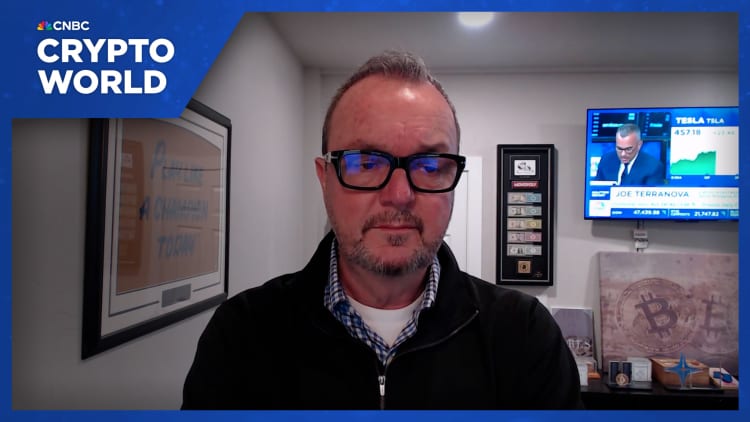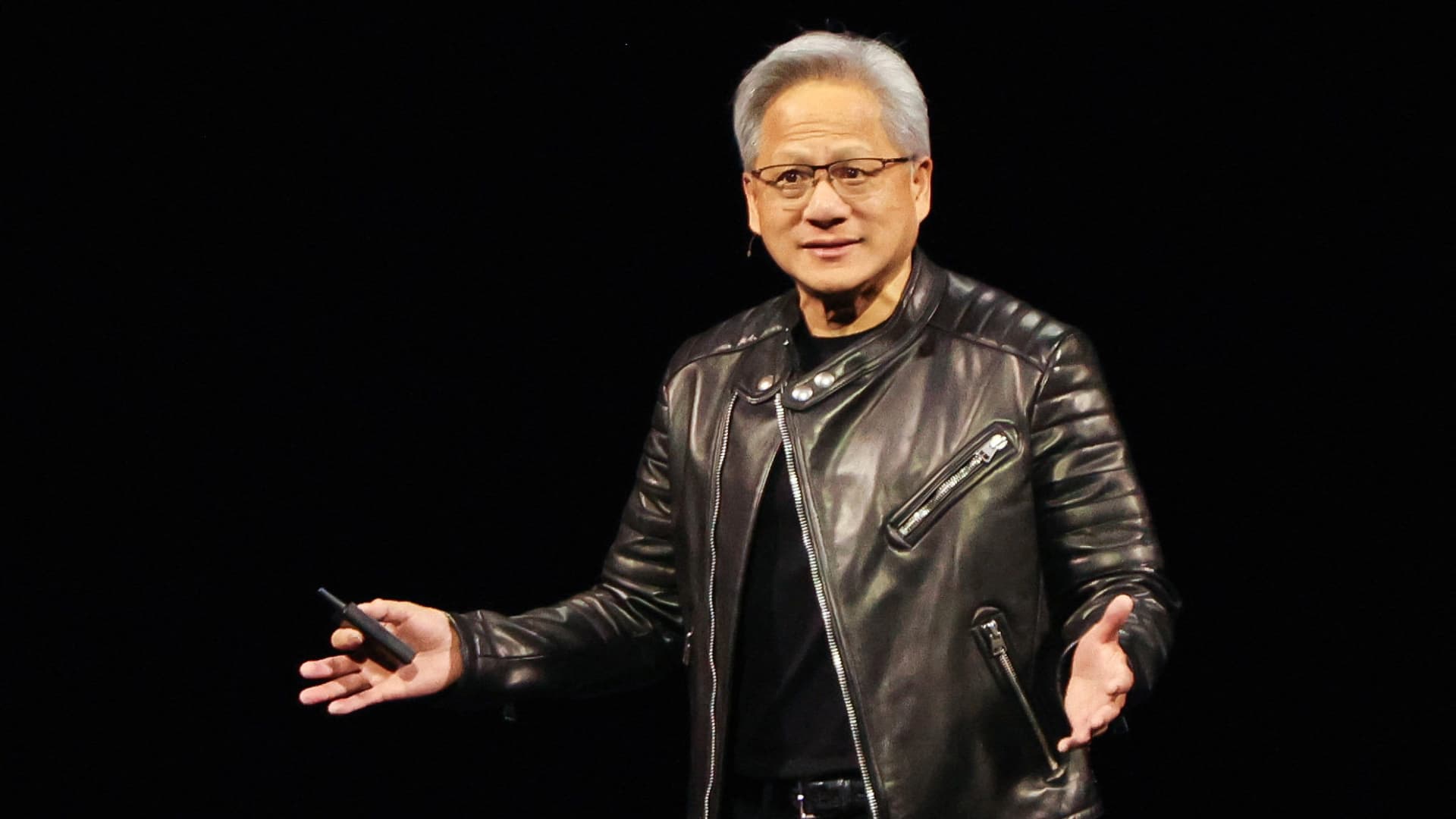We’re raising our Corning price target after a shortsighted post-earnings decline
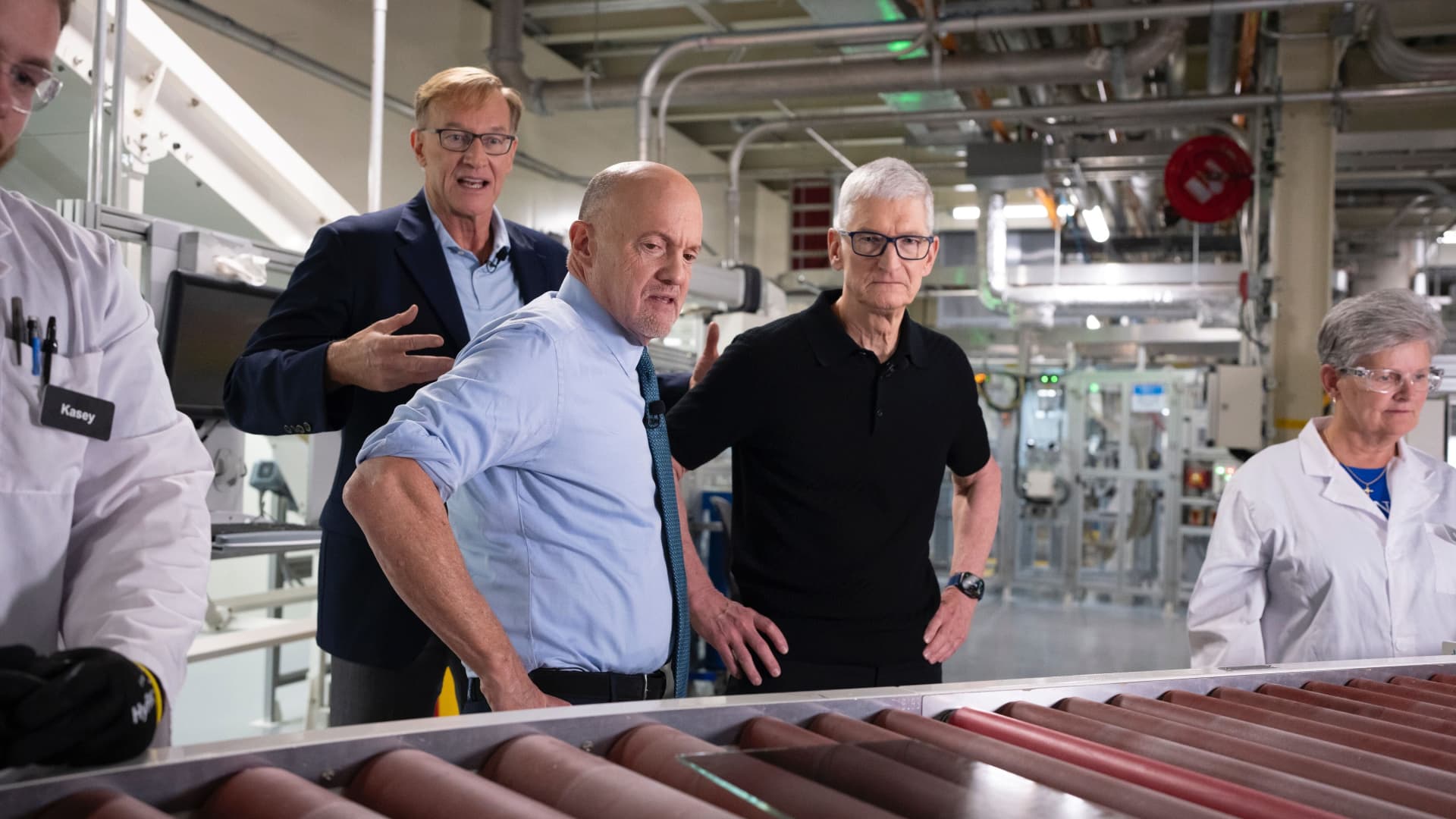
Shares of high-tech glass maker Corning dropped 2.5% on Tuesday after climbing more than 80% this year. Investors took profits after what were solid earnings. We weren’t among them. In fact, we bought the pullback on Tuesday morning, shortly after underserved post-earnings weakness developed. Corning makes specialty glass for data center cables and screens for all kinds of digital devices. We’re raising our price target on the stock to $95 per share from $93 and reiterating our buy-equivalent 1 rating. Here are the headline numbers from Corning’s third quarter, which ended Sept. 30. Core revenue , which adjusts for factors such as currency fluctuations and on-time events, rose 14% year over year to $4.27 billion in the third quarter, topping expectations of $4.23 billion, according to market data service LSEG. Core earnings per share rose 24% to 67 cents during the three months ending Sept. 30, just exceeding EPS estimates of 66 cents, LSEG data showed. GLW YTD mountain Corning YTD Bottom line The quarter was strong. There were also signs of plenty of growth opportunities ahead. Both made us feel like the stock drop was a chance to bulk up our newest position. We love the data center business, and the company’s expanded partnership with Apple for iPhone and Apple Watch glass. Last month, Jim Cramer got really bullish on Corning after he visited the Kentucky factory where the glass for Apple is made. Corning is two years into its Springboard turnaround initiative that has increased sales by 31%. Operating margins expanded by 330 basis points to 19.6%, leading to a 72% increase in earnings per share. Return on invested capital has also expanded by 460 basis points in that time. That’s impressive. On the post-earnings conference call, CEO Wendell Weeks said that from the implementation of Springboard through the end of the third quarter, Corning has added $4 billion of incremental annualized sales. The team expects to add another $300 million to the annualized sales run rate in the current fourth quarter. Better yet, management expects to hit its 20% operating margin target in Q4, a full year ahead of schedule. Having already achieved the initial 2026 “high-confidence” target of $4 billion, Corning increased its internal incremental revenue target to $6 billion by the end of 2026, up from the $5 billion that was reiterated on the second quarter earnings release. Why we own it Corning makes different types of specialty glass, including fiber optic cables. Corning’s fiber optics solutions provide a more efficient alternative to the copper wiring found in data centers. As companies look to “scale-up” and “scale-out,” building larger, more complex data centers over time, we expect Corning to see its share in the data center increase over time. The company is also a huge supplier to Apple and makes the glass used in iPhones, Watches, and other Apple devices. Lastly, solar, is also proving to be a growth opportunity as Corning is uniquely positioned to enter the space thanks to its existing expertise in semiconductor polysilicon manufacturing. Most recent buy: Oct. 28, 2025 Initiated : Oct, 21, 2025 On the call, Weeks affirmed that the company “sees much more growth and more springs ahead,” highlighting the company’s $2.5 billion deal with Apple to produce 100% of iPhone and Apple Watch glass in the U.S. for the first time, right at the company’s Harrodsburg, Kentucky, manufacturing facility. “This creates a significantly larger, longer-term spring for us in mobile consumer electronics,” the CEO added. Corning is also benefitting from the adoption of generative artificial intelligence, which is helping to drive growth in the company’s Optical Communications segment as enterprise customers look to scale out and scale up new infrastructure, such as data centers. Management sees the AI opportunity inside the data center, driving sales to a 30% compounded annual growth rate (CAGR) between 2023 and 2027. While that rate of growth was reiterated, enterprise sales grew much faster in Q3, up 58% from the year-ago period. Commentary Sales in Optical Communications in the third quarter increased 33% year over year, though did come up a bit shorter versus expectations. We aren’t concerned, however, as the enterprise side of the business, which houses data center sales, grew significantly faster. Week explained the “scale-out” opportunity on the call. “That basically means that hyperscale customers are scaling out the GPU clusters with more and more connected AI nodes of server racks, or simply put, larger neural networks. Because each AI node is connected to the others in the cluster by fiber, this creates more volume for Corning,” he said. Foreshadowing possible announcements in the future, Weeks added, referring to U.S. hyperscale customers looking to build out U.S. data centers with U.S. supply chains, “We’re working to formalize customer agreements, so stay tuned.” Weeks also highlighted the “scale-up” opportunity, as data center operators look to develop increasingly advanced AI nodes. Without getting too technical, Weeks said, “A single Blackwell-like node has more than 70 GPUs, with more than 1,200 links using more than 2 miles of copper. As that node scales up, those 2 two miles will eventually be replaced by fiber connections, and those miles will grow over time as more and more GPUs are included in the AI node.” Taken together, Corning’s growth opportunity in the data center not only comes from the build-out of more data centers but also from the eventual need to start replacing copper connections with the fiber connections that Corning is a leader in developing. “If we succeed technically, the scale-up opportunity could be two to three times the size of our existing enterprise business,” Weeks said. On the data center interconnect front, the carrier side of Optical Communications, Weeks said the company is seeing a “tremendous response” to the introduction of its high density GenAI fiber and cable system, which “enables customers to fit anywhere from 2 to 4 times the amount of fiber into their existing conduit,” and expects this business to scale quickly and reach a $1 billion opportunity for the company by the end of the decade. Microsoft is already working with Corning to upgrade the performance and reliability of its Azure cloud and AI services. In the Display segment, which largely makes glass for LCD televisions, notebook computers, and flat panel desktop monitors, sales fell 7.5% year over year, though did increase 5% sequentially and outpace expectations. On the release, management noted that they expect the segment’s net income to come in at the high end of their $900 million to $950 million guidance range, with an income profit margin of at least 25% for the year. In Specialty Materials , sales grew 13% year over year. On the call, CFO Edward Schlesinger said, “Our announcement with Apple creates a larger, longer-term growth driver in mobile consumer electronics through the Springboard [turnaround initiative] and beyond.” Automotive sales increase 6% year over year, “primarily driven by a stronger light-duty vehicle market in China, partially offset by lower heavy-duty diesel sales in North America.” The automotive group makes filter materials that reduce gasoline emissions. Life Sciences sales were relatively in line with the prior year period, though management did manage to expand margins and drive 7% year-over-year growth in segment net income. On the release, the team noted that they see “new opportunities for innovation in advanced 3D cell culture and cell therapy.” This segment makes products for laboratories. Hemlock and Emerging Growth Businesses segment sales were up nearly 46% for the quarter. Hemlock Semiconductor is the main business, which makes a key material needed in the production of silicon wafers, the foundation of computer chips, and solar panels and cells. Solar is an area that management has been working to grow for some time now. On the call, Weeks said, “First, solar power is fundamentally about the efficient use of photons and low-cost materials conversion platforms. Both are key opportunities for innovation that are right in our wheelhouse. Second, we are already a world leader in semiconductor polysilicon, which is simply a much purer form of the fundamental material used in solar.” Corning has already sold out of polysilicon and wafer capacity in 2025 and has more than 80% of capacity for the next five years, already committed. Solar sales were about $200 million in the first quarter of this year, and management sees that expanding to a $2.5 billion revenue run rate business by the end of 2028. Guidance For the current quarter, Corning management expects $4.35 billion in sales, adding $300 million to the company’s annualized sales run rate. That’s better than the LSEG consensus estimate of $4.26 billion. Core earnings are expected to be in the range of 68 to 72 cents per share, ahead of the 67-cent consensus estimate compiled by LSEG. (Jim Cramer’s Charitable Trust is long GLW, AAPL. See here for a full list of the stocks.) As a subscriber to the CNBC Investing Club with Jim Cramer, you will receive a trade alert before Jim makes a trade. Jim waits 45 minutes after sending a trade alert before buying or selling a stock in his charitable trust’s portfolio. If Jim has talked about a stock on CNBC TV, he waits 72 hours after issuing the trade alert before executing the trade. THE ABOVE INVESTING CLUB INFORMATION IS SUBJECT TO OUR TERMS AND CONDITIONS AND PRIVACY POLICY , TOGETHER WITH OUR DISCLAIMER . NO FIDUCIARY OBLIGATION OR DUTY EXISTS, OR IS CREATED, BY VIRTUE OF YOUR RECEIPT OF ANY INFORMATION PROVIDED IN CONNECTION WITH THE INVESTING CLUB. NO SPECIFIC OUTCOME OR PROFIT IS GUARANTEED.
<
